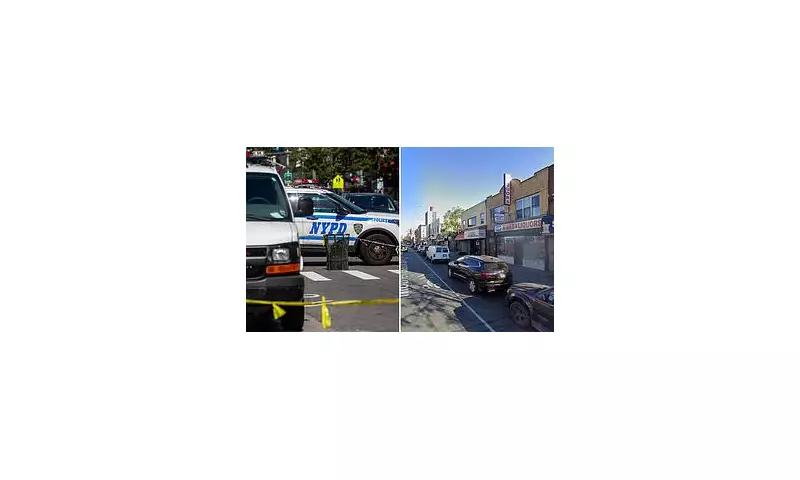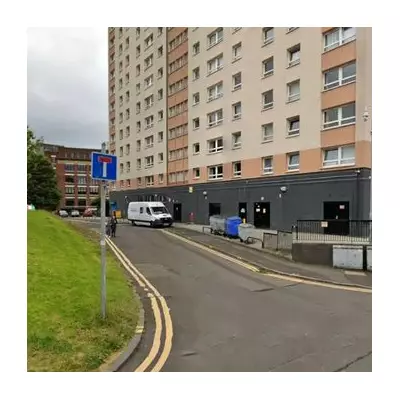
In a startling development that has sent shockwaves through New York's law enforcement community, NYPD officers have been officially prohibited from entering one of Brooklyn's most notorious crime hotspots.
The Forbidden Zone
The restricted area, located in the heart of Brownsville, has been described by authorities as particularly violent and dangerous. This unprecedented move means police officers are now barred from patrolling these streets unless responding to immediate emergencies.
Safety Concerns or Operational Nightmare?
While the decision was reportedly made with officer safety in mind, it has sparked intense debate among law enforcement professionals and local residents alike. Many are questioning how effective policing can continue when officers are prevented from accessing problem areas.
The situation highlights the complex challenges facing modern policing:
- Balancing officer safety with public protection
- Managing high-crime areas without adequate police presence
- Addressing community concerns while maintaining law and order
Community Reaction
Local residents have expressed mixed feelings about the controversial ban. Some welcome the reduced police presence, while others fear it could lead to increased lawlessness in an already troubled neighbourhood.
"This is uncharted territory for New York policing," noted one law enforcement analyst. "While officer safety is paramount, creating no-go zones for police raises serious questions about how we maintain public safety in challenging environments."
Operational Implications
The ban has forced the NYPD to reconsider its operational strategies in Brownsville. Police commanders now face the difficult task of maintaining order while respecting the restrictions placed upon their officers.
The long-term implications of this policy remain uncertain, but it undoubtedly represents a significant shift in how New York City approaches policing in its most challenging districts.





